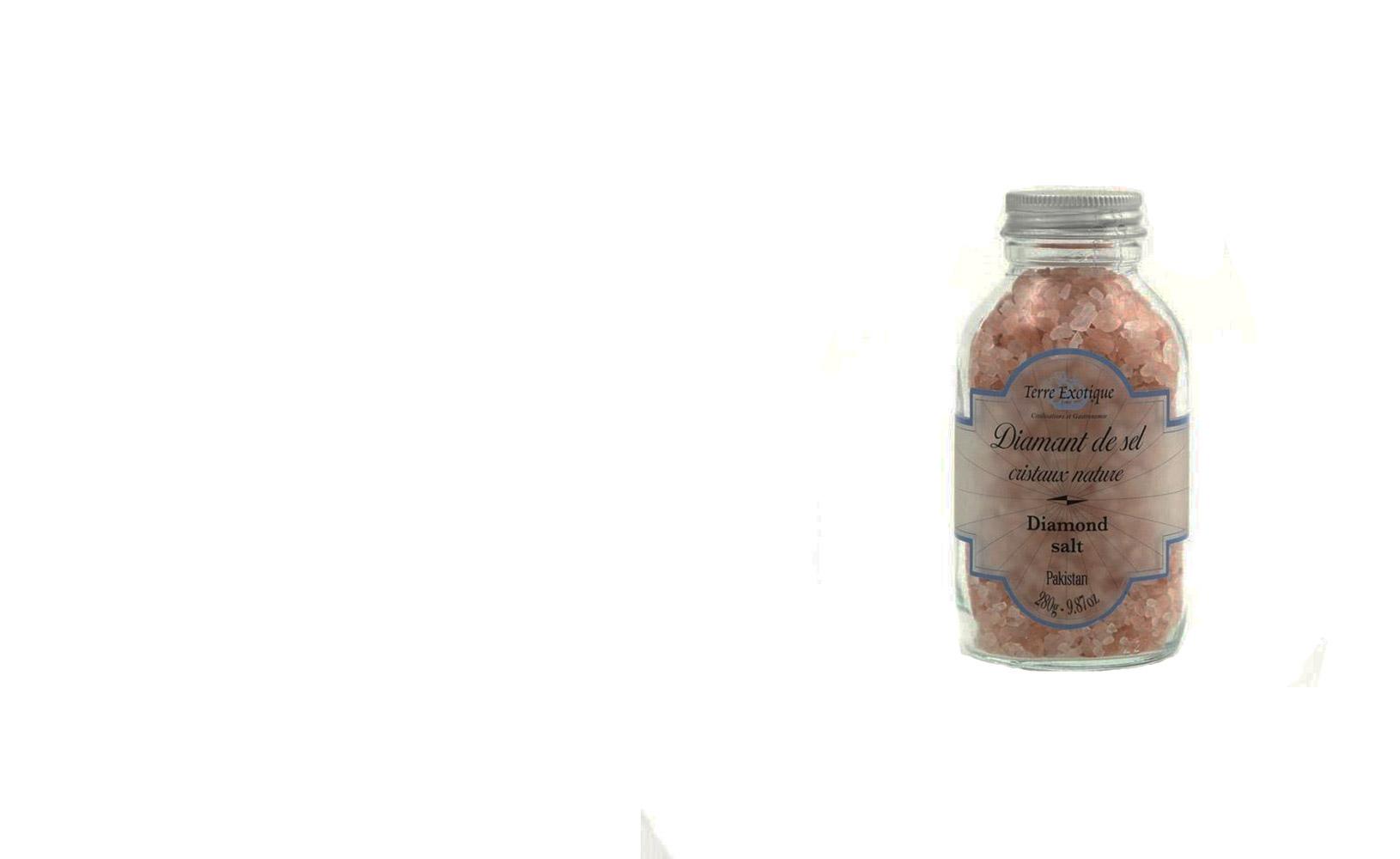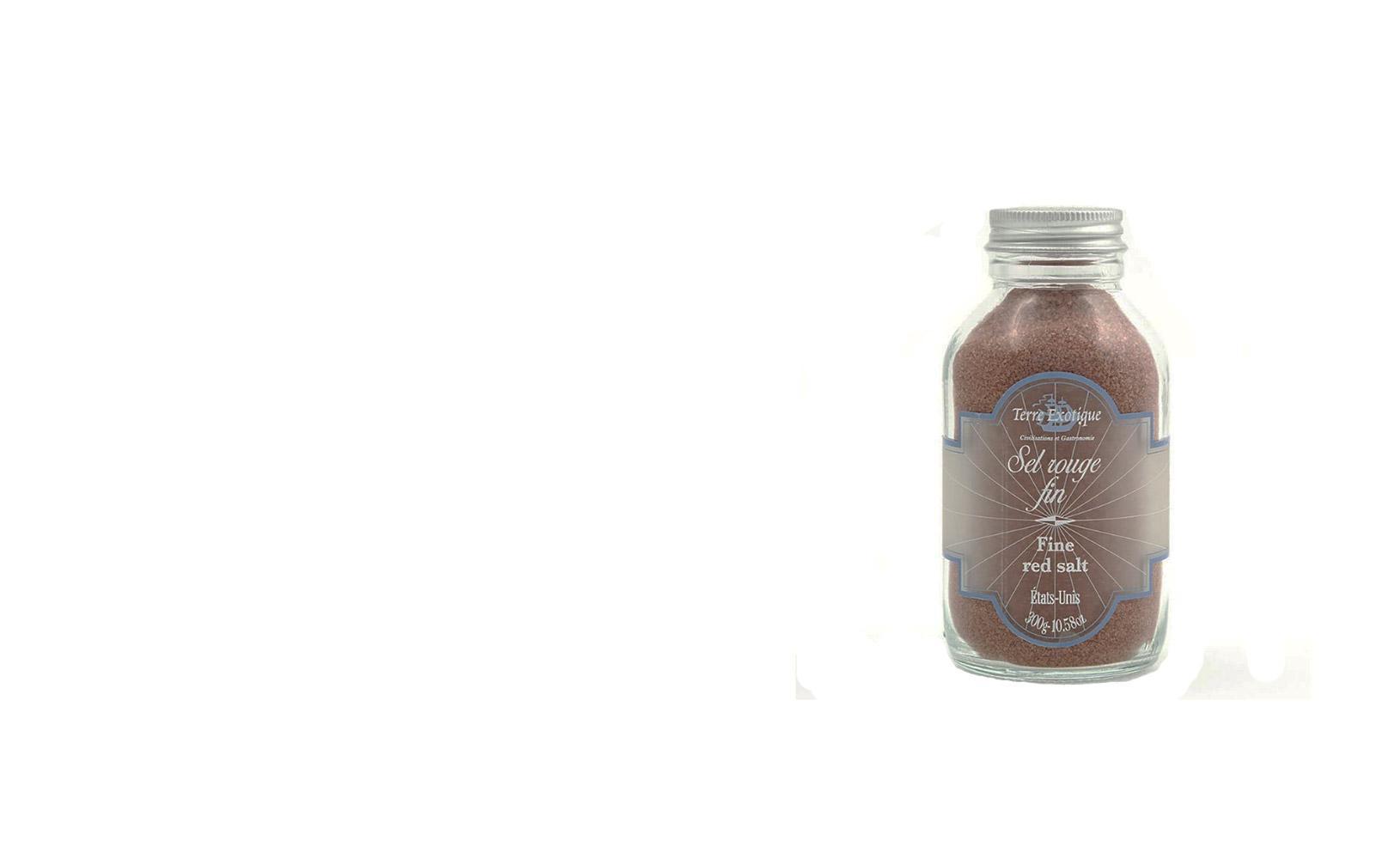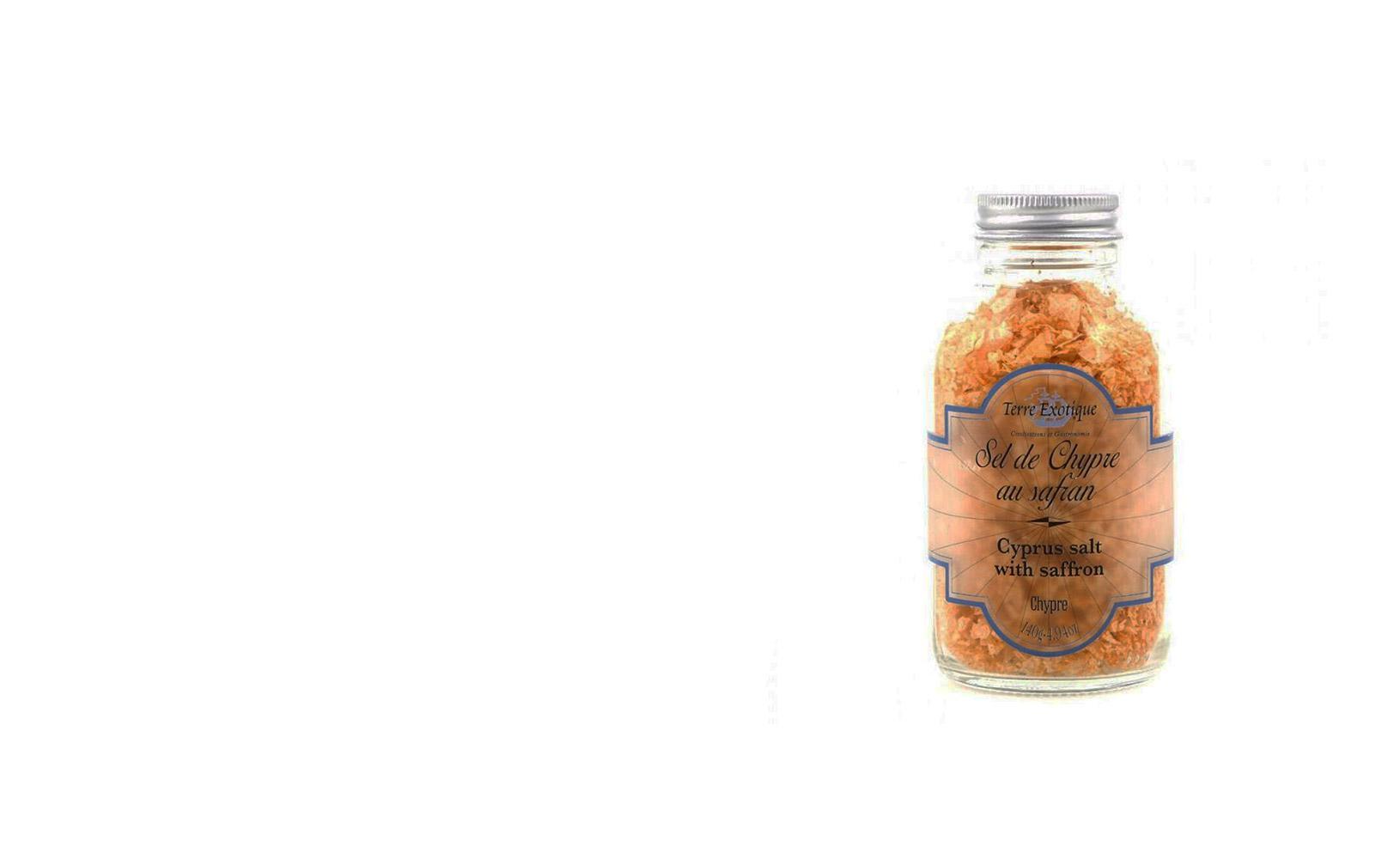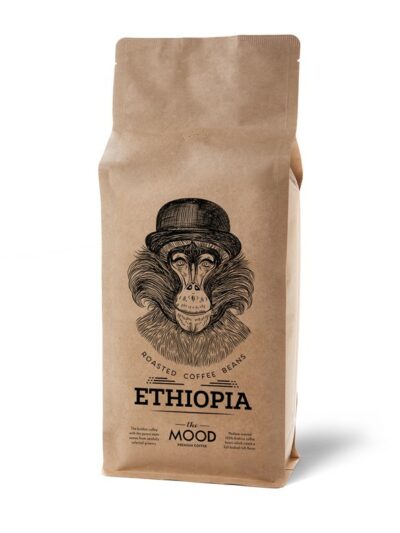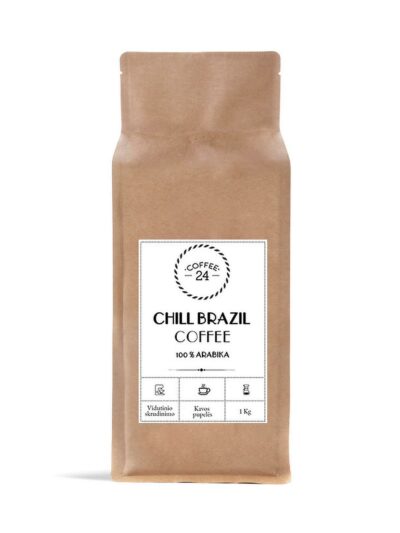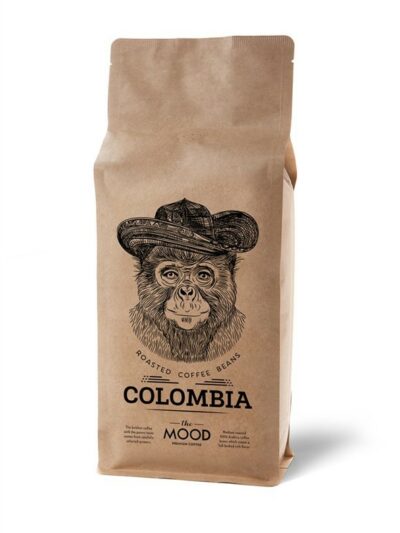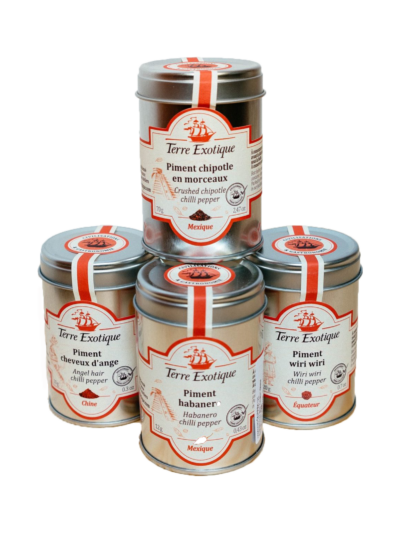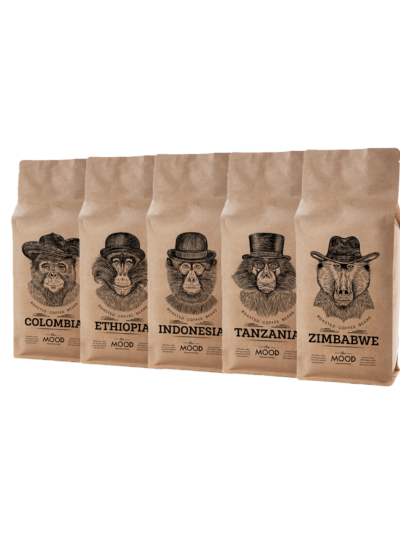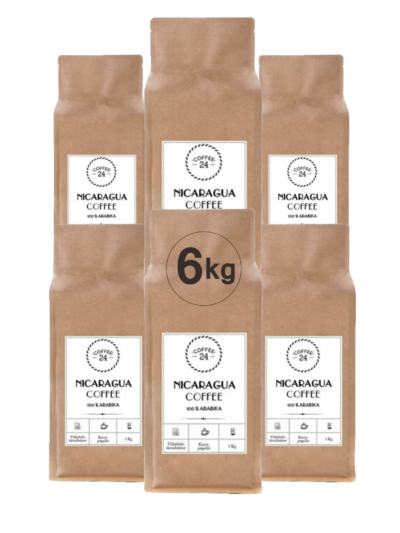If one spice had to be chosen to encapsulate the entire history of humanity, it would undoubtedly be salt. While salt has long been an essential part of our daily diet and culinary practices, historically it was a luxury item, available to only a few and surrounded by almost mythical qualities regarding its impact on societies. Wars were fought between nations seeking to control its highly valuable mineral deposits, shaping significant chapters of human history.
The saying “breaking bread and sharing salt” is deeply rooted in tradition. In Lithuanian culture today, it symbolizes hospitality, but its origins trace back to the Middle Ages and are associated with Jewish customs of bringing bread and salt when entering new homes. Bread symbolized blessings, while salt signified the preservation of those blessings. This act of preservation underscores the remarkable preserving properties of salt throughout history.
In northern regions with long, harsh winters, traditional Lithuanian foods like fermented cabbage or pickles have been crucial for survival. Salt played a pivotal role in preserving these foods, making them indispensable during challenging times. The significance of salt in this region’s history cannot be overstated.
Salt’s history is not just a culinary tale but intertwined with the very fabric of our human experience, shaping cultural practices, trade routes, and geopolitical landscapes. It remains a fundamental element in our kitchens and a symbol of both sustenance and cultural heritage worldwide.
Salt’s Accessibility in Today’s World: From Rarity to Specialty
In today’s globalized world, widespread accessibility to salt for the general population is more of an exception than the rule compared to its long history alongside humanity. Another exception that has emerged in recent decades is the growing demand for rare and unique salts, which could be seen as another rarity in the millennia-long history of salt and humanity.
As Mark Kurlansky writes in his book “Salt: A World History,” one of the greatest challenges in salt production over the centuries was salt bleaching. White and purified salt symbolized high quality and was accessible only to the elite classes of society. The industrialization of mass salt production gradually transformed bleached salt into what is now simply known as standard table salt. However, along with the proliferation of this type of salt, another trend emerged – a growing interest among people in rare salts distinguished by their unique properties.
We would like to introduce you to a few such salts in more detail.
The history of Himalayan pink salt began 200 million years ago. The Himalayas formed when the Indo-Australian and Eurasian plates collided, closing the Tethys Ocean. As the waters of this ocean slowly evaporated, they left behind these pink salt crystals rich in minerals and trace elements. Alexander the Great was the first to bring this luxurious Kashmir salt to Europe, approximately 350 years before Christ. In ancient times, only religious leaders and emperors could enjoy it.
This salt comes from the Khewra mines in Pakistan, located in the heart of the Himalayan mountains, where it is traditionally mined. Extremely dry, iodine-free, natural, and pure, it is often called rock salt, mineral salt, or earth salt. It is one of the most natural salts in the world!
Appearance
This salt is highly valued not only for its natural properties and taste but also for its unique and eye-catching appearance. Small, almost like tiny diamonds, the salt crystals feature warm pink and reddish hues – on your table, this salt will become an eye-catching decorative element.
Taste
It is one of the most natural salts in the world, characterized by a unified flavor without pronounced aftertastes. This salt is slightly less salty than fleur de sel, and its natural taste complements practically all everyday dishes.
In the Kitchen
Pink Himalayan salt is highly esteemed worldwide for its unique color, natural flavor, and dry texture – making it an ideal choice for your salt grinder. Due to its natural taste, you can use this salt in practically all daily dishes. These sea salt crystals are additive-free and unrefined, allowing the body to absorb them 100%. Pink salt is also highly valued for its decorative qualities – it will truly stand out on your table!
This artisanal black salt from Hawaii, known as the black lava salt, is a combination of two natural minerals – purified black lava rocks are placed in pure sea water ponds and evaporated under the sun’s heat. During this exceptional and unique process, due to activated charcoal, the salt acquires a distinct black color. Perfectly black, sometimes also known as lava salt, this salt is highly valued for its decorative properties.
Appearance
Thanks to the activated carbon, the black salt acquires a perfect, thick black color. Small crystals of black salt reveal their aesthetic qualities best with dishes with a light texture – for example, fried white fish.
Skonis
Used at the end of cooking, black salt stands out for its crunch and mild earthy aftertaste.
In the kitchen
Black salt is best used at the end of cooking, as a decorative element. Its exceptional aesthetic properties will give your dishes a sophisticated elegance, and the taste – gentle earthy energy. This salt is at its best when used with light-textured dishes such as white fish or poultry.
In the late 18th century, British Captain James Cook remarked on the exceptional quality of salt mined in Hawaii, noting that “the salt is pink and impure.” Over time, this once-dismissed “impure” salt has gained favor among renowned chefs and gourmets worldwide. Hawaiian red salt owes its distinctive cherry red hue to its high iron content. Similar to black salt, red salt is processed using red volcanic clay during production. It holds significant cultural importance among locals, used in ritual blessings and religious ceremonies. Today, it is a staple in the kitchens of some of the world’s most prestigious restaurants. Rich in approximately 80 beneficial minerals, this salt offers both culinary and health benefits.
Appearance
Red salt from Hawaii is extremely fine, with small, dark red salt crystals. The red volcanic clay that is rich in iron gives this salt its color.
Taste
This salt has a mild earthy taste with excellent hazelnut notes and a surprising sweet aftertaste.
In the Kitchen
It is a fairly versatile salt that can be used both during the preparation of the dish and as an exclusive aesthetic element at the end of the preparation of the dish. Salt is suitable for seasoning various stews or soups, as well as in sauces or marinades. Red salt will give an intriguing solidity to white fish or poultry dishes, and its incredible taste will surprise even gourmets who have tasted everything.
This pyramid-shaped salt has long been collected in the salt lake of Larnaca, Cyprus. In the 12th century, during the time of Guy de Lusignan, King of Cyprus and Jerusalem, the annual production of salt was 3000 tons, which is why Larnaca was called Salina. The salt not only catches the eye with its perfect geometric shape, but thanks to the saffron and turmeric, it stands out with its unique taste.
Appearance
This salt is one of nature’s little wonders. During crystallization, the crystals take on a wonderful pyramidal shape, which attracts the eye with its geometric precision, and turmeric gives the salt a warm, pulsating light yellow color.
Taste
Perfectly shaped, the tiny salt crystals add a crunchy touch, while the mild saffron enchants with its wonderful notes of cedar, pepper and petals and a silky aroma.
In the Kitchen
You can use this salt both during the preparation of the dish and at the end of its cooking. When used in stews or sauces, the salt imparts a mild, barely perceptible saffron aroma that drives the world’s best chefs crazy. Used at the end of cooking, this salt with saffron will give the dish a crunchy taste, sophisticated saffron aroma and extraordinary elegance. Try it with fried shellfish, mussels in cream sauce, fish and asparagus or chicken dishes.
The Vikings in Europe are mostly known for their incredible shipbuilding and navigational skills, as well as the fierce raids that the people of the Northern European region experienced during the Viking raids. Hardened by the harsh nature, the Vikings were among the first in Europe to perfect the technique of extracting salt, which was essential for the preservation of fish and meat. This salt, a direct legacy of the Vikings, has been recreated by the hands of craftsmen. It is a salt that goes well with everyday Northern European cuisine, as well as dishes that we often enjoy in Lithuania.
Appearance
Thanks to curry and turmeric, Viking salt has a dominant rich, sandy yellow color that gives this salt a restrained yet warm color that is perfectly complemented by ground black pepper.
Taste
Viking salt stands out for its rich taste and aroma. Predominant salty and smoky notes intertwine with some mild sweetness and spicy hints of pepper. The aroma of this salt will delight lovers of smoked products and Nordic cuisine.
In the Kitchen
It is an extremely easy-to-use seasoning salt that goes well with most of our everyday dishes. Try Viking salt with hard-boiled eggs, baked potatoes, potato pancakes, green salad, season sour cream sauces with it, and of course – with salmon, cod or other sea fish.
In the 11th century BC, the famous Persian physician and philosopher Avicenna wrote about a land formed by prehistoric flooding, erosion, sedimentary deposits, and metamorphosis of soft rocks. Although Avicenna is not considered the pioneer of geology, he noticed a unique process of salt formation even then. Currently, Iran is located in the place where the Persian Empire used to be, a region that has given the world many scientific inventions, stunning architecture, enchanting culture and, of course, one of the purest salts in the world. Persian blue salt is one of the rarest salts in the world. Mined in Northern Iran, this rock salt of extraordinary beauty has a mesmerizing emerald blue hue thanks to its large amount of sylvite crystals.
Appearance
The crystals of this salt have an enchanting blue hue thanks to the large amount of sylvite crystals. The shade of salt crystals can easily vary from white to dark blue.
Taste
This salt is completely natural and does not have strong aftertastes. It is quite an intense salt, suitable for use with practically all dishes.
In the Kitchen
We recommend using this salt with desserts and white meat or fish dishes at the end of their cooking. Persian blue salt is highly prized for its decorative qualities – use it as a decorative element on your table, decorate glasses with chic cocktails. This salt is extremely dry, so it is perfect for your salt mill. Although you can practically use this salt with all the dishes you prepare, its enchanting emerald shade just begs to be used as an elegant and sophisticated decoration.
The history of diamond salt began 200 million years ago. The Himalayas were formed by the collision of the Indo-Australian and Eurasian plates, which closed the Tethys Ocean separating them. The slow evaporation of this ocean water left these pink salt crystals rich in minerals and trace elements. Alexander the Great was the first to bring this luxurious Kashmiri salt to Europe around 350 BC. In ancient times, only religious leaders and emperors could enjoy it.
This salt comes from the Khewra mines in Pakistan, in the heart of the Himalayan mountains, where it is mined in the traditional way. Extremely dry, iodine-free, natural and pure, often also called rock, mineral or earth salt. This is one of the most natural salts in the world!
Appearance
This salt is highly valued not only for its natural properties and taste, but also for its unique, eye-catching appearance. Extremely fine salt crystals have a warm pink and pink color – this salt will become an eye-catching decorative element on your table.
Taste
It is one of the most natural salts in the world, characterized by a smooth taste, without pronounced aftertaste. This salt is slightly less salty than fleur de sel , and its natural flavor goes well with practically all everyday dishes.
In the Kitchen
Pink crystal salt is highly valued in the world due to its unique color and natural taste, which allows this salt to be used in practically all everyday dishes. The crystals of this sea salt are additive-free and unrefined, so the body can absorb them 100%. Fine diamond salt is also highly valued for its decorative properties – it will become a real sparkler on your table!
